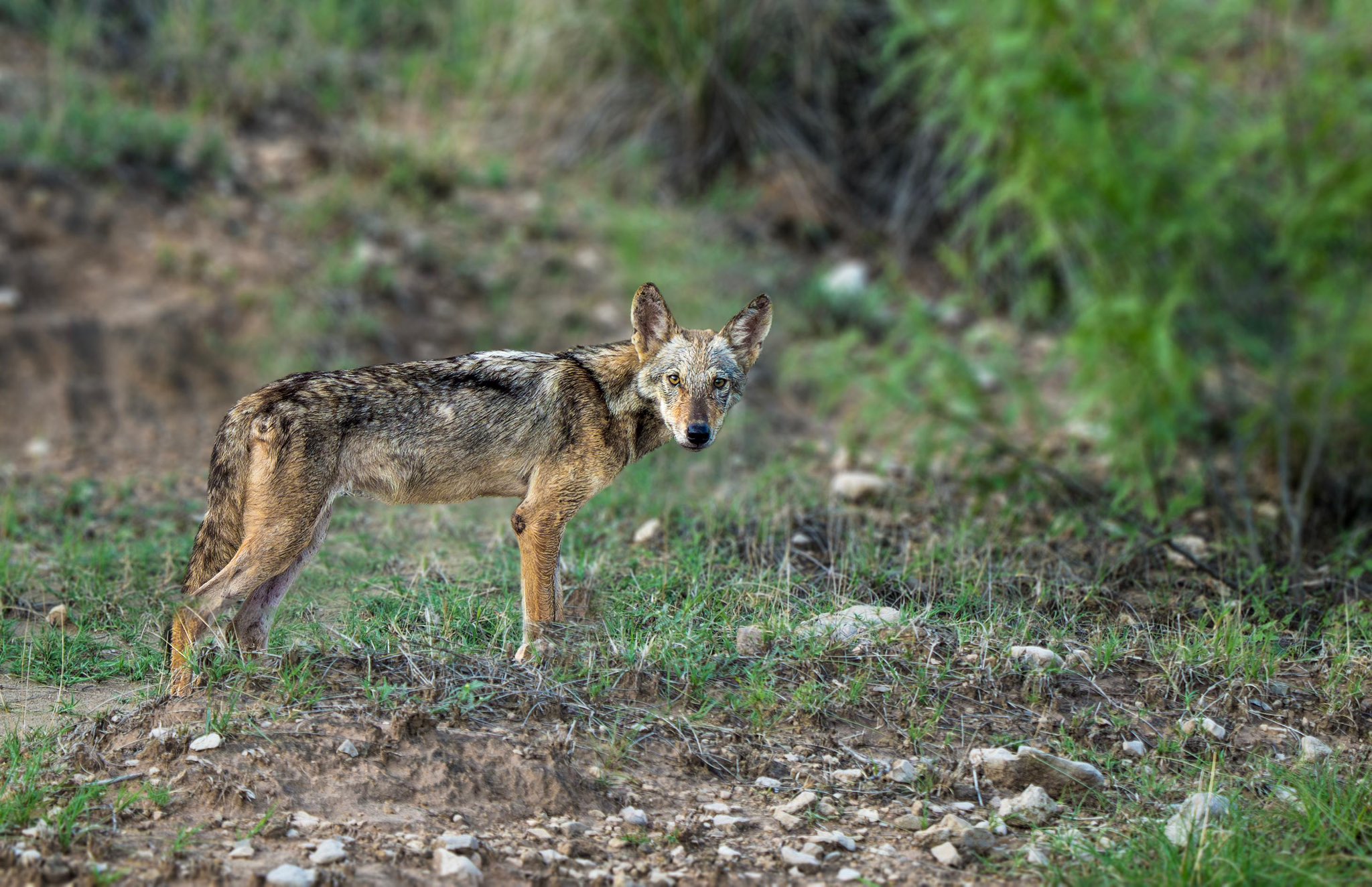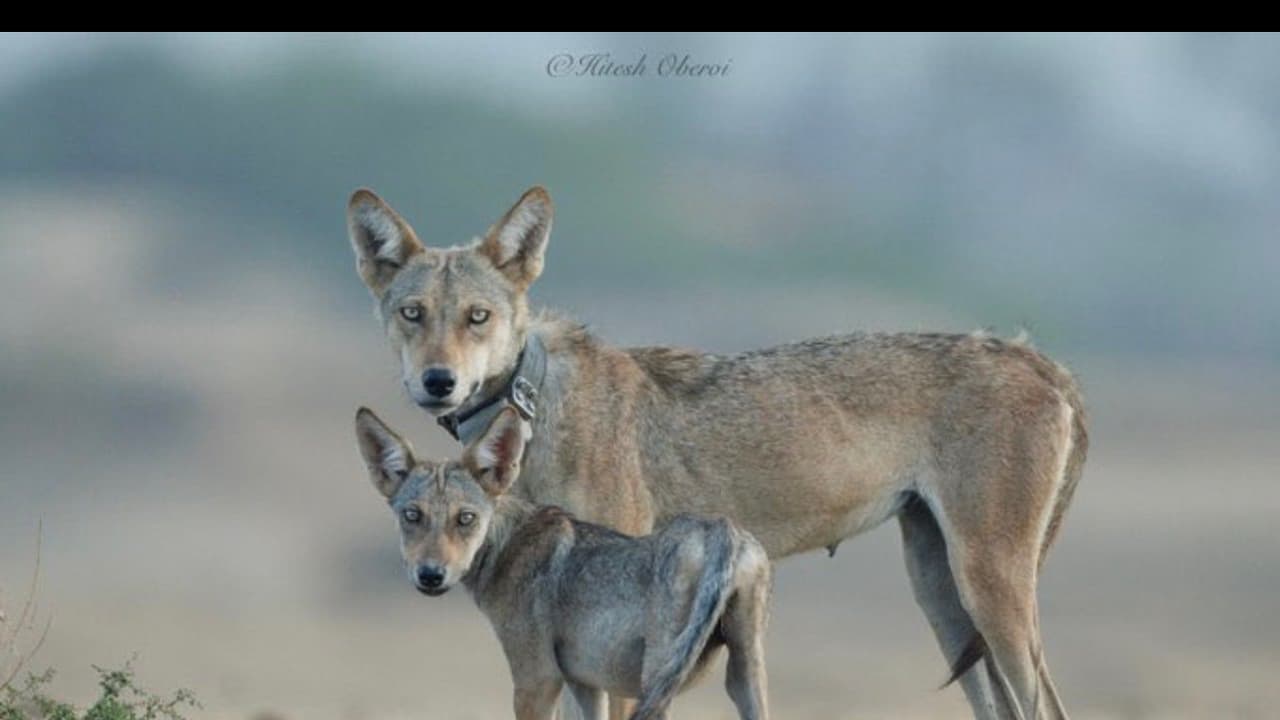The International Union for Conservation of Nature (IUCN) has, for the first time, assessed the Indian wolf (Canis lupus pallipes) as a distinct entity—paving the way for its recognition as a separate species within the Canis genus.
The International Union for Conservation of Nature (IUCN) has, for the first time, assessed the Indian wolf (Canis lupus pallipes) as a distinct entity – paving the way for its recognition as a separate species within the Canis genus. This landmark classification could elevate the Indian wolf’s global conservation status and priority.
According to IUCN’s global panel of canid experts, the Indian wolf population stands at a mere 3,093 (2,877–3,310) individuals across India and Pakistan, officially placing it in the “Vulnerable” category of the Red List. The experts attribute the species’ steady decline to rampant habitat loss and persecution, underscoring the urgent need for protection.

Regarded as one of the most ancient wolf lineages on Earth, the Indian wolf evolved on the subcontinent long before humans roamed its plains. Unlike the tiger—whose territory spans 11 nations—the Indian wolf’s range is almost exclusively confined to India, with only a handful (10–20) surviving in Pakistan.
“While tiger numbers are stabilising, the Indian wolf’s population continues to decline since it lives largely outside protected areas and is exposed to anthropogenic disturbances and threats. This species urgently needs focused conservation efforts,” said Bilal Habib, senior scientist at the Wildlife Institute of India (WII) in Dehradun.
Currently, the Canis genus—commonly referred to as the gray wolf group—comprises seven recognized species under IUCN classification. Former WII dean Y.V. Jhala explained, “With the inclusion of the Indian wolf, this will be the eighth recognised species of Canis genus.” The other seven include Canis lupus (wolf), Canis latrans (coyote), Canis aureus (golden jackal), Canis simensis (Ethiopian wolf), Canis familiaris (domestic dog), Canis rufus (red wolf), and Canis lupaster (African wolf).
The IUCN’s latest assessment states, “Analysis indicates that only 12.4% of the Indian wolf’s distribution is encompassed within protected areas across India and Pakistan. Most of its population is found outside of designated protected areas, where they are not subject to formal protection or management efforts by governmental bodies. As a result, the majority of the population is directly exposed to anthropogenic disturbances and threats. Given current trends, threats are anticipated to persist and intensify in the coming decade…”
Commenting on rising man-wolf conflicts reported from Uttar Pradesh, Jhala noted, “Removing the problematic ones expediently and professionally wins community support, hence it becomes even more important to conserve the species.”
